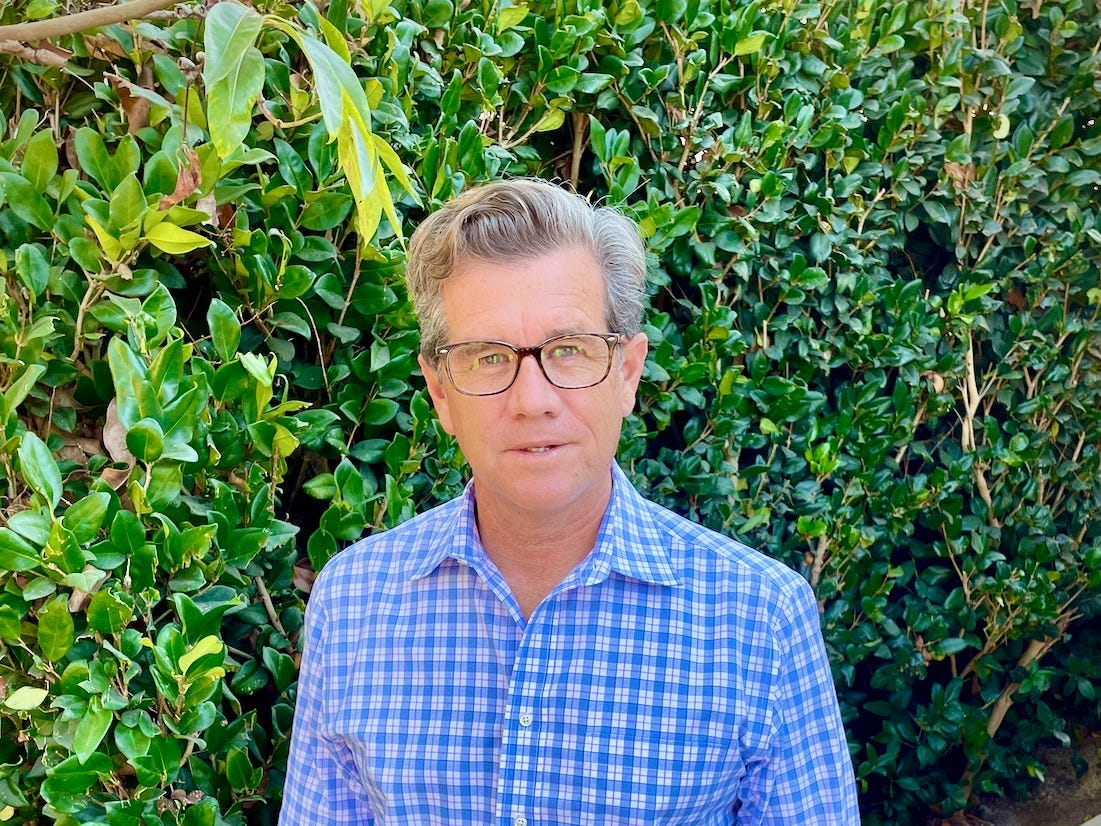I retired at 59. Middle-management jobs were my secret sauce for building my wealth.

- Alvaro Munevar Jr. credits part-time management positions for his early retirement.
- The jobs provided him with enough free time to run a side business in order to cover his retirement costs.
- Senior management positions would have typically been expected to require longer working hours.
The career path often discussed in the US involves working for a company until the age of 65 and then retiring to spend one's later years in the best way possible.
To make the most of my more energetic years.
By working smarter. By staying in middle management, I had the opportunity to balance my main job with building a side business for rental real estate investments.
With this income, plus the savings I had accumulated from my job in the IT field, I retired in September of 2024 at the age of 59.
In my middle-management positions, I had more traditional working hours compared to my colleagues who ranked above and below me.
After working as a clerk for corporate law firms for four years, I switched to an IT career in 1994, taking on the role of a software support engineer in Seattle. I enjoyed working on a new operating system as part of the job, which felt more like a fun hobby than actual work.
Following strong performances in identifying and resolving system errors, my key responsibilities included providing assistance and training to junior support engineers, monitoring their ability to resolve customer issues.
After nearly two years, I left that job and went on to hold several additional middle-management positions, including project manager and applications engineer roles at startups and larger businesses.
I generally had reasonable work hours compared to those of my IT colleagues who were above and below me.
Typically, software developers had to put in additional hours to complete their coding assignments. As I could see, management teams above me were usually working 50 to 65 hours a week to oversee team members and fulfill their executive roles and responsibilities, whereas I was working a standard 40 hours a week.
I generally spent less time attending meetings about planning, policy, and budgeting because these conversations primarily involved senior management.
.
Out of curiosity and a bit of listlessness, the task, I did submit myself for consideration for a few high-level management positions at different points in my career, but was never offered the opportunity.
Ultimately, I would be more successful running my own money and business ventures outside of work by being the CEO of them rather than a senior manager.
The extra time available allowed me to launch my own businesses while still keeping my daytime job.
Colleagues sometimes asked how I planned to retire someday. Did I have a significant amount in my Bitcoin wallet or Apple stock, or would I inherit a large sum? The answer was no.
It can be a fun way to learn new skills and build my savings at a faster rate than with a single paycheck from an employer.
I have been working on numerous projects, including creating websites for other businesses and developing a rental-property portfolio that currently provides me with the income I need to live a comfortable retirement.
I bought a house with money I had saved from my salary back in 2001. In 2014, I started renting out the house, which had become my primary residence after I bought a second home. When the rent started coming in on a regular basis, I added a second rental property to my collection, which also gave me a steady income.
Having a stable employment record through a W-2 increased the possibility of this side business. Lenders typically look for borrowers with good credit and a consistent income history. I was able to demonstrate to bankers that I could make loan repayments on time, which simplified the process of securing home loans.
My wife, who is a neuroscientist, also retired at the same time as me. We had planned for this by outlining all of our family's expected upcoming expenses each year from now until the year we both turned 99.
A retirement planning approach that involves taking less than 4% of your savings each year. We used this guideline in reverse to determine income drawdown scenarios for annual withdrawal rates of 1%, 2%, 3%, and 4%.
After accounting for rental-property income, we found we had sufficient income from our savings and the house we were renting to support a comfortable retirement. It was at that point last August that I submitted my formal retirement notice.
Having a job and running my own business will be the key to a comfortable retirement.
Save money all those assets allowed me to, but my early retirement wouldn't have been possible without the income I made from my IT job.
We've managed to save the maximum annual 401(k) contribution amounts in the US for each of the last 10 years.
In order to achieve financial success and retire early, I firmly believe it's essential to build your own business while continuing to work at your current job.
I don't have any regrets about the way I managed my career. Pay increases significantly as you reach top executive levels, but I preferred overseeing middle management and running my own business, where I was in charge and controlled the perks.
Now that I'm fully retired, I'm living the life I always envisioned for myself, back when I was sitting in daily team meetings. I regularly exercise and have ample time to read the books and listen to the podcasts I never got around to during my working years.
As they say, life's magic can certainly fade with age, but I'm grateful to be able to appreciate my life while I'm still relatively young.
Do you have a story about retiring early that you'd like to share with Business Insider? Email ccheong@.
on Microsoft Start.

Post a Comment